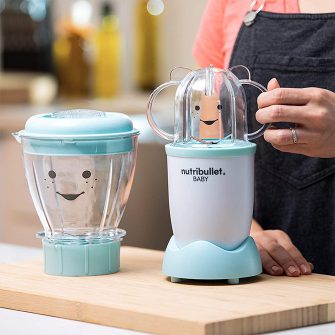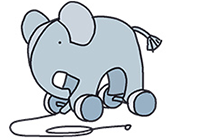Making your own natural cleaning products could not be simpler.
DIY Cleaning Products Ideas

Vinegar and Water:
For an all-purpose cleaner that clean most things,
combine and then pour into a spray bottle:
- 1/3 cup distilled water
- 2/3 cup white vinegar
- And a little bit of liquid soap
NOTE: not for use on stone as it can dull the surface. This should not be used on Aluminum.

Baking Soda:
Combine baking soda with lemon juice to create a
paste to which when applied and left to stand on burnt or baked on stains, helps remove them.

Hydrogen Peroxide:
Combine baking soda with hydrogen peroxide to create a paste that can be used to clean lots of different things.
Applying the paste to grout, scrub with a brush, then let stand for 20 minutes before rinsing. Apply paste to pots and pans to help remove tough baked on stains.

Castile Soap:
A type of soap made from plant oils which is a good all around cleaner that is non-toxic and biodegradable.
NOTE: Do not combined with any vinegar solutions as it can leave a white residue that is hard to get off.

Floor Cleaner:
Combine in a bucket ¼ cup of white vinegar, 1 tablespoon of Dawn liquid dish soap, and a ¼ cup of washing soda. Add about 2 gallons of warm to hot water to the bucket and you are ready to clean the floors.

Brass Polish:
Squeeze lemon juice onto a sponge and then sprinkle generously with salt. Polish the item by scrubbing with the sponge, then rinse and dry.
Cleaning cutting boards also uses half a lemon which is rubbed over the surface and let it sit for around 10 minutes–sprinkling some salt over the board and then scrubbing adds even more cleaning power.

Copper Polish:
Apply ketchup to a cloth, then sprinkle with salt,
polish and rinse.
Silver Polish:
This is absolutely amazing. Line a sink or bucket with aluminum foil, put silver items on foil. then cover in boiling water, add 1 cup of baking soda and a little salt.
Your thoughts and ideas
If you have some DIY cleaning ideas we would like to hear about them, share them in the comments section below




















































